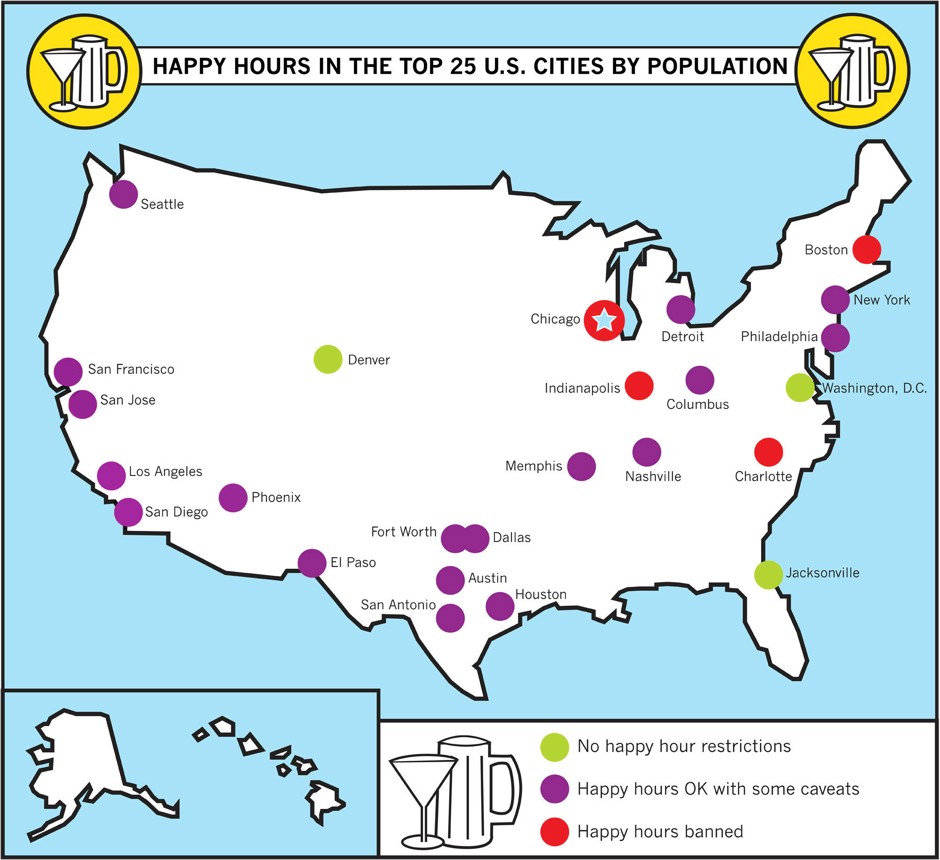
Here’s an interesting opinion on the ever-increasing financial costs of fighting DUI crimes and the Department of Licencing’s (DOL) automatic suspension of a DUI defendant’s driver’s license.
In Didlake v. Department of Licensing, the Court of Appeals held that Washington’s Implied Consent Statute, RCW 46.20.308, which requires drivers arrested for DUI to pay a $200-$375 statutory fee in order to have an administrative hearing on license suspension, does NOT violate due process because of the driving privilege is not a fundamental right and DOL waives the fee for indigent drivers.
In 2010 – 2011 police arrested James Didlake and other defendants for DUI. Washington’s Implied Consent Statute, RCW 46.20.308, requires that a driver arrested for Driving Under the Influence of an Intoxicant (DUI) pay a filing fee to obtain an administrative review hearing to prevent a driver’s license suspension or revocation. And as required by Washington’s implied consent law, the Department initiated license suspension proceedings against them. Each defendant paid a $200 fee for an administrative review hearing. After they prevailed at their hearings, the Department rescinded their license suspensions.
Didlake filed a class action lawsuit against the DOL, asking for injunctive and declaratory relief, plus a refund and damages. He alleged that the $200 statutory fee for an administrative hearing violates due process. Didlake filed a motion for class certification under CR 23. After filing its answer, the DOL filed a motion to dismiss Didlake’s lawsuit under CR 12(b)(6).
On April 5, 2013, the trial court granted the DOL’s motion to dismiss. Didlake asked the Washington Supreme Court for direct review. On March 5, 2014, the Supreme Court transferred the case to the Court of Appeals.
In rendering its decision, the Court of Appeals gave lots of background on the procedural aspects of challeging DOL license suspensions. The court reasoned that the implied consent law provides certain procedural protections to drivers. The DOL must give the driver written notice that it intends to suspend or revoke the driver’s license. The DOL must also notify the driver of the right to a hearing and specify the steps to obtain one. Within 20 days of this notice, the driver may request in writing a formal hearing before the DOL. As part of the request, the driver must pay a mandatory fee. The DOL may waive the fee, however, for drivers who are indigent.
At the hearing, the driver may have assistance of counsel, question witnesses, present evidence, and testify. The hearing officer determines if the officer had reasonable grounds to believe the driver was driving under the influence and if the driver refused to take a test or took a test that revealed a BAC of 0.08 or higher. After the hearing, the DOL “shall order that the suspension, revocation, or denial either be rescinded or sustained.”
Here, the Court reasoned that Washington courts have almost always have upheld the constitutionality of filing fees. Courts have consistently distinguished between fundamental interests and interests that are “solely monetary,” involving “economics and social welfare,” or even “important” or “substantial.” If the interest involved is fundamental, due process requires access for all. Here, the court reasoned, a fee waiver for indigent litigants accomplishes this mandate. If the interest is not fundamental, “a monetary prerequisite to an appeal is thus permissible, even for indigent appellants.
Additionally, Courts have identified the driving privilege as an “important” and “substantial” but not fundamental right. Consequently, the court reasoned, this contradicts Didlake’s assertion that the filing fee has a “chilling effect” on drivers’ exercise of their due process rights. Thus, he fails to establish a facial challenge on due process grounds. And because he paid the fee and received a hearing that complied with due process, he does not show that the fee requirement is unconstitutional as applied to him. “Whether facial or as-applied, Didlake’s due process challenges fail.”
The Court concluded that because Didlake failed to establish that the implied consent statute’s fee requirement violates procedural due process, the Court of Appeals affirmed the trial court’s order dismissing Didlake’s class action claim.
My opinion? Speaking as a DUI attorney, DOL hearings and license suspensions are just another way for the State to profit from defendants charged with DUI. These days, a DOL hearing costs $375. Additionally, a defendant’s window of time to apply for these hearings is small – only 20 days after the DUI incident happened. Finally, DOL hearings are very difficult to win. There must be some glaring legal weakness in the case regarding (1) the pullover of the defendant’s vehicle, (2) the evidence of DUI, (3) whether the officer read the Implied Consent Warnings, and/or (4) whether the defendant tested over .08 BAC or refused the BAC machine.
Unfortunately, given the Court’s analysis above, it appears the wheels of justice shall continue to financially grind upon defendants facing license suspensions from DUI charges.
Please contact my office if you, a friend or family member are charged with a crime. Hiring an effective and competent defense attorney is the first and best step toward justice.
















